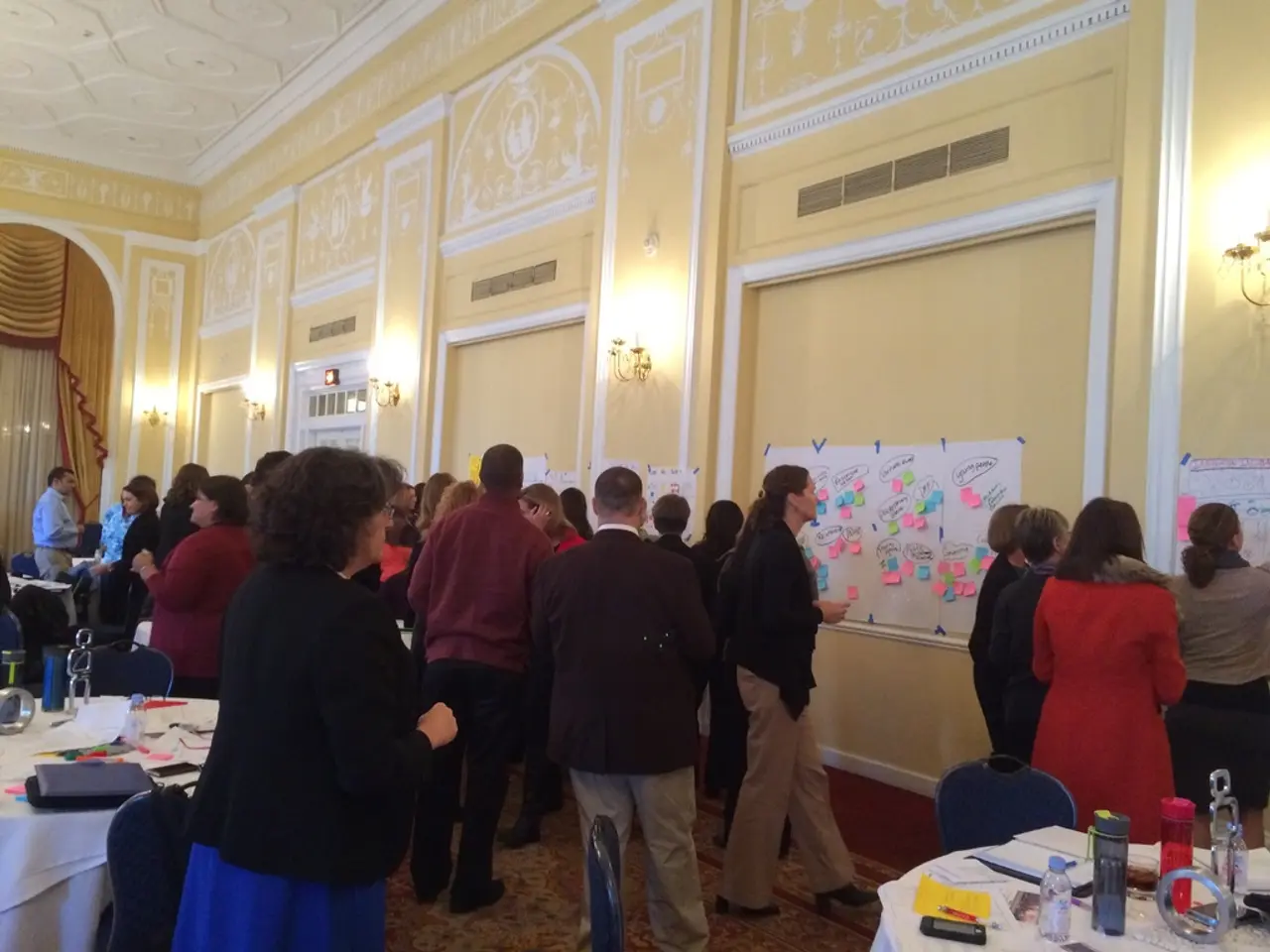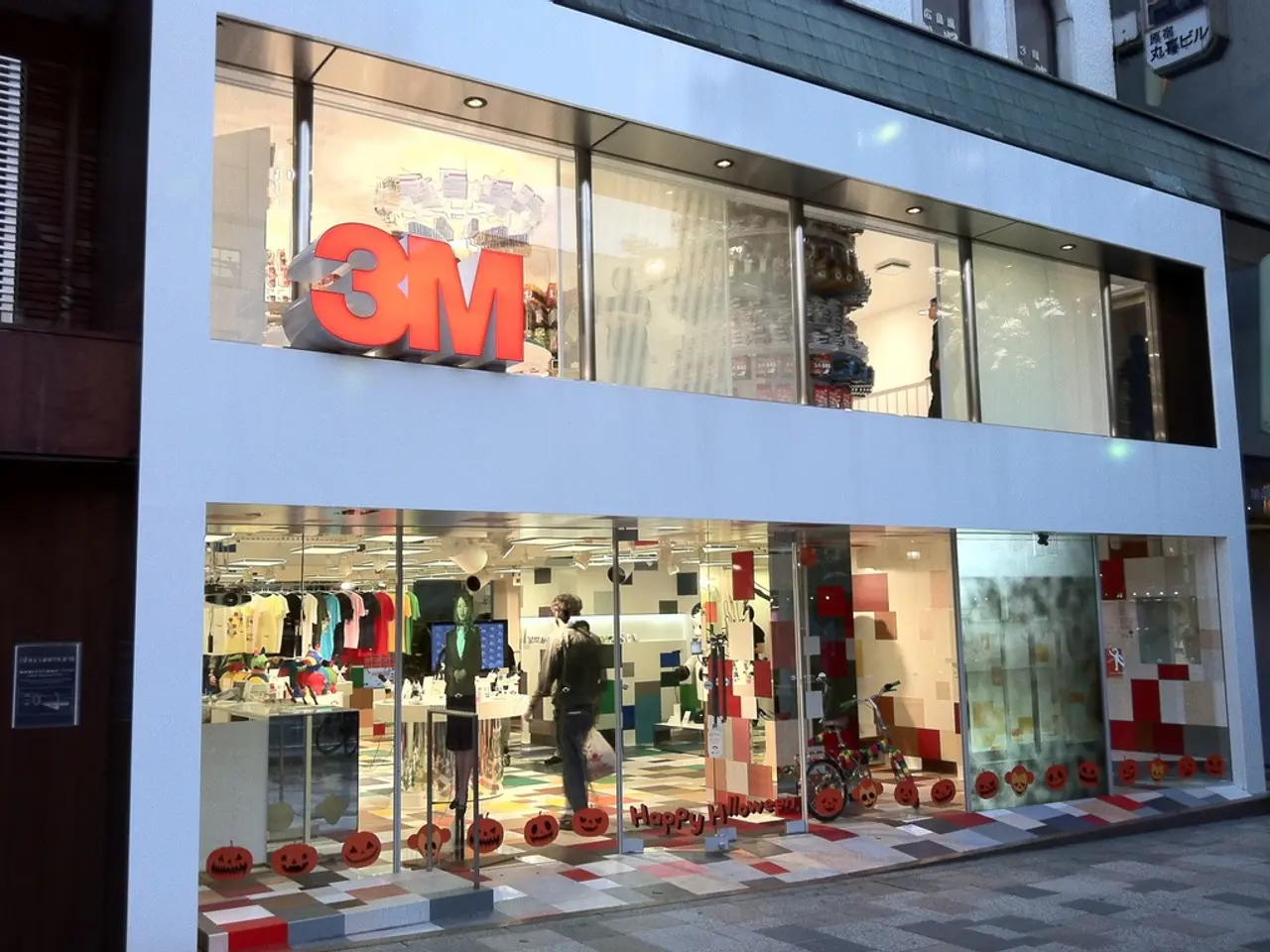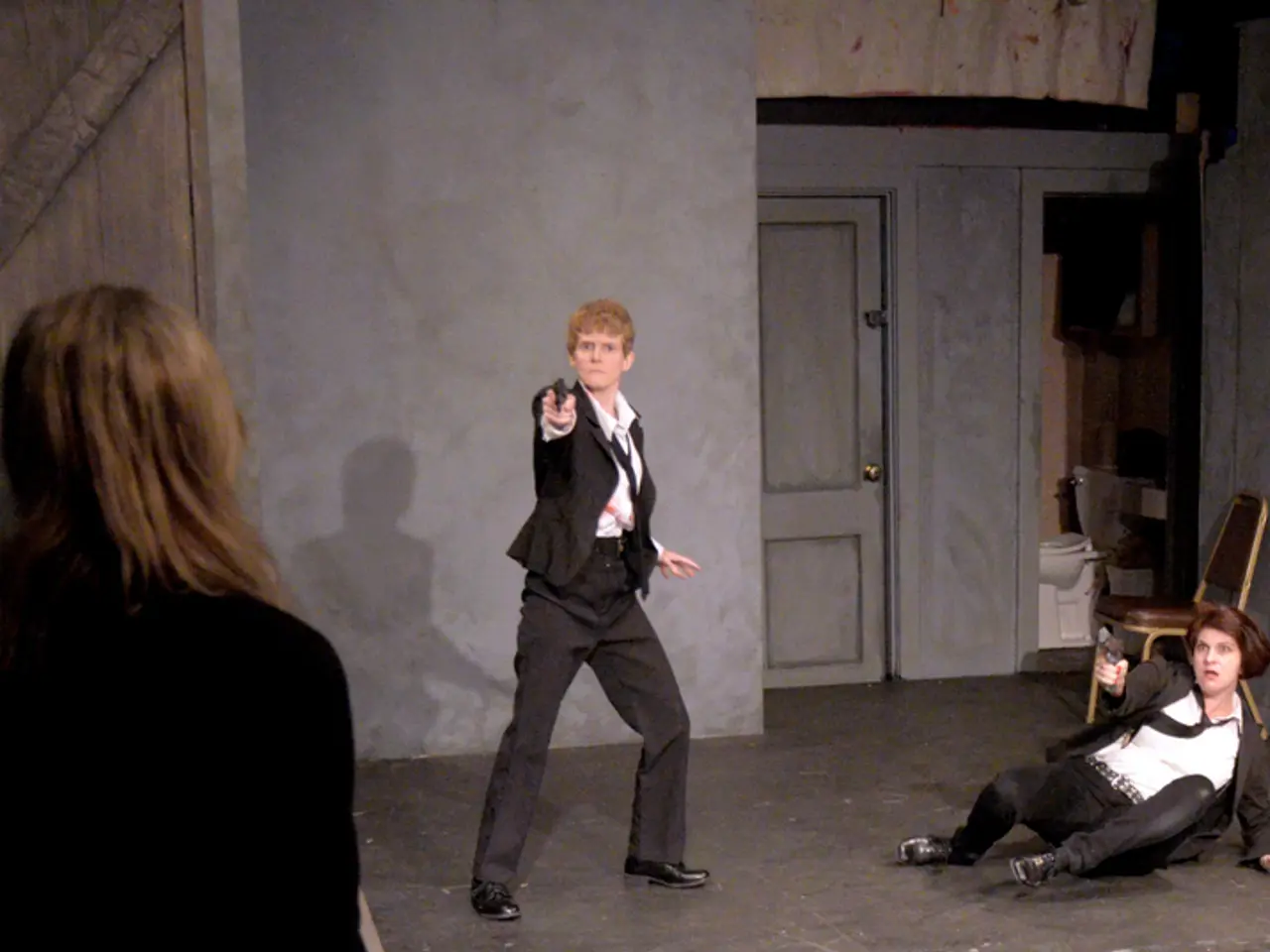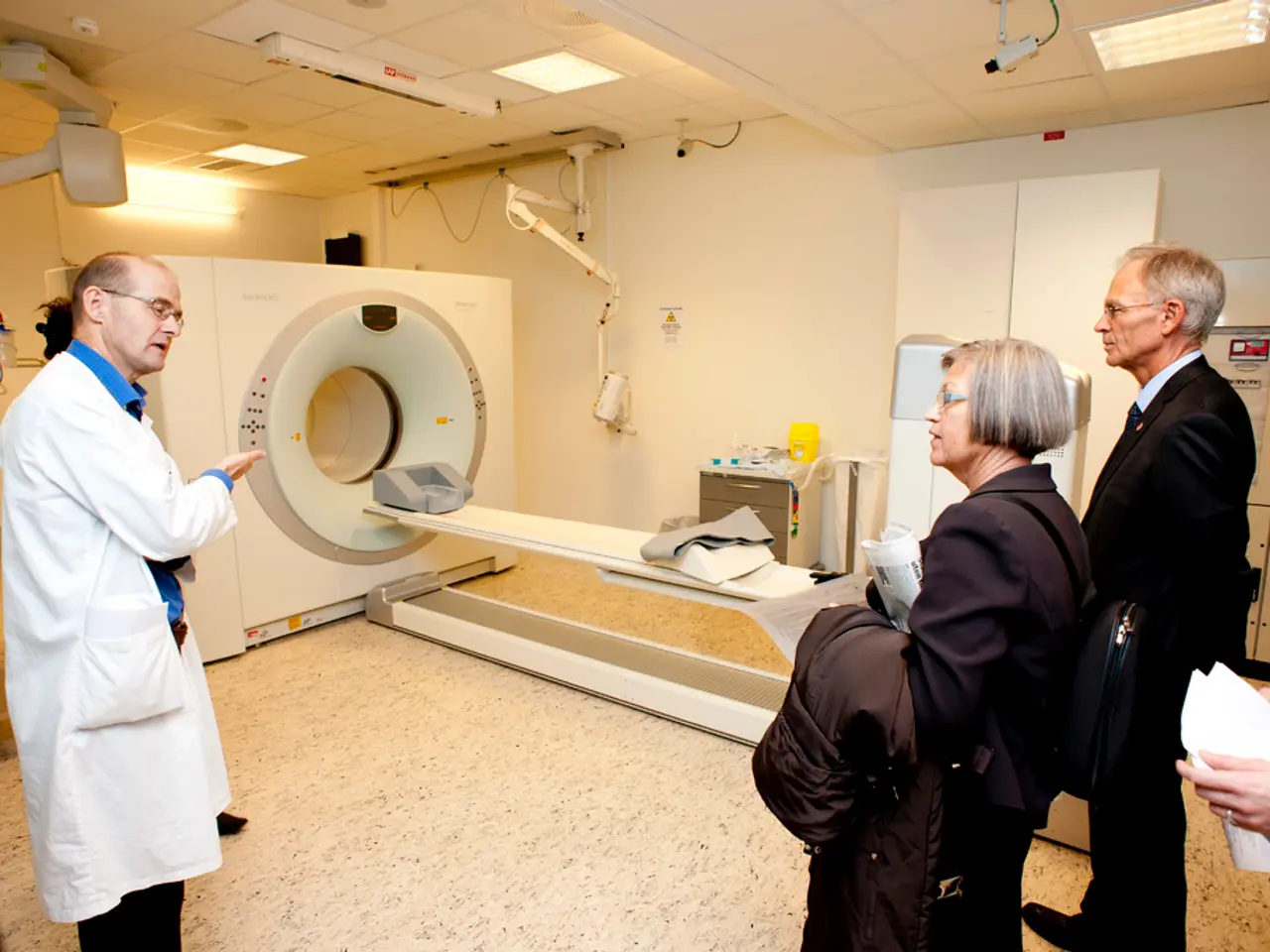Former Prime Minister's Palace Transforms into Revolutionary Museum in Bangladesh
The former official residence of Bangladesh's ousted prime minister Sheikh Hasina, known as the Ganabhaban palace, is being converted into a Revolution Museum to commemorate the popular uprising that toppled her government in August 2024 and to serve as a lasting reminder of what the interim government describes as her autocratic and abusive rule.
This transformation was announced in October 2024 by Muhammad Yunus, the Nobel Peace Prize laureate now serving as the interim chief adviser overseeing the caretaker government until elections in 2026. Yunus described the museum's purpose as preserving "memories of her misrule and the people’s anger when they removed her from power."
The history behind this is that on August 5, 2024, large crowds stormed the Ganabhaban rooftop after Hasina fled by helicopter to India, symbolizing the culmination of student-led protests against her government. The protests protested alleged human rights abuses during her 15-year tenure, which included mass detentions, extrajudicial killings, and repression of political dissidents. The United Nations reported that up to 1,400 people were killed between July and August 2024 during her failed attempt to cling to power. Hasina denies the charges against her, including crimes against humanity, in ongoing trials in Dhaka, which she has not attended.
The museum exhibits planned include:
- A replica of the notorious "House of Mirrors" (Aynaghar), a secret detention center reportedly used during Hasina’s tenure for torturing political prisoners.
- Artifacts related to the protesters killed in the uprising, alongside displays recounting their life stories, aiming to honor their sacrifice.
- Preservation of graffiti left on the palace walls by protesters with messages such as “Freedom,” “We want justice,” “Dictator,” and “Killer Hasina.” These have been left untouched as historical testimony.
Life stories of the protesters will be told through films, photographs, and plaques with their names. The complex was built by Sheikh Mujibur Rahman, the first leader of Bangladesh, and was made the official residence of Sheikh Hasina during her 15 years in power.
Mosfiqur Rahman Johan, a rights activist and documentary photographer, was one of the thousands who stormed the Dhaka palace during the protests. Johan describes the Dhaka palace as a symbol of trauma, suffering, and resistance. Protesters have torn down many visible signs of Hasina's rule, including statues of her and her father, and even used digger excavators to destroy the home of Sheikh Mujibur Rahman that Hasina had turned into a museum to her father.
The interim leader, Muhammad Yunus, is facing immense challenges as he works to bolster democratic institutions before elections, as political parties jostle for power. The authorities hope the Ganabhaban palace offers a message to the future. Human Rights Watch warned that the interim government appears stuck, juggling an unreformed security sector, sometimes violent religious hardliners, and political groups more focused on extracting vengeance on Hasina's supporters than protecting Bangladeshis' rights.
Photographs of jubilant crowds clambering onto the rooftop of the Dhaka palace after Hasina's flight to India are a defining image of the protests that toppled her government. The museum's goal is to serve as a platform for young people to discuss democratic ideas, new thinking, and how to build a new Bangladesh. A 23-year-old student, Muhibullah Al Mashnun, stated that removing such symbols was necessary for Bangladesh to move forward to a better future, as they were symbols of dictatorship.
[1] BBC News (2024). Bangladesh: Protests force Sheikh Hasina to flee Dhaka palace. [online] Available at: https://www.bbc.co.uk/news/world-asia-57903227
[2] Al Jazeera (2024). Bangladesh: Protests against Sheikh Hasina escalate. [online] Available at: https://www.aljazeera.com/news/2024/8/4/bangladesh-protests-against-sheikh-hasina-escalate
[3] The Guardian (2024). Bangladesh: Thousands storm Sheikh Hasina's palace in Dhaka. [online] Available at: https://www.theguardian.com/world/2024/aug/05/bangladesh-thousands-storm-sheikh-hasinas-palace-in-dhaka
[4] The New York Times (2024). Bangladesh: A Museum to Remember the Protesters Killed During Sheikh Hasina's Rule. [online] Available at: https://www.nytimes.com/2024/11/01/world/asia/bangladesh-museum-protesters-hasina.html
[5] Associated Press (2024). Bangladesh: Museum to remember protests that ousted Hasina. [online] Available at: https://apnews.com/article/bangladesh-protests-sheikh-hasina-museum-dhaka-palace-4a3f48e3188f3c697866326e09c72c74
[1] As a reminder of the struggle for democracy and the rule of law, the museum, in the former residence of Bangladesh's ousted prime minister Sheikh Hasina, is planned to also display exhibits on crime-and-justice issues, focusing on human rights abuses that occurred during her rule, such as mass detentions and extrajudicial killings.
[2] In the spirit of fostering scholarly discourse and promoting political awareness for the future generations, the museum, established to commemorate the popular uprising that toppled Sheikh Hasina's government, is expected to include a section on general-news and politics, covering events like the war-and-conflicts that took place during her tenure and the political landscape that followed.








